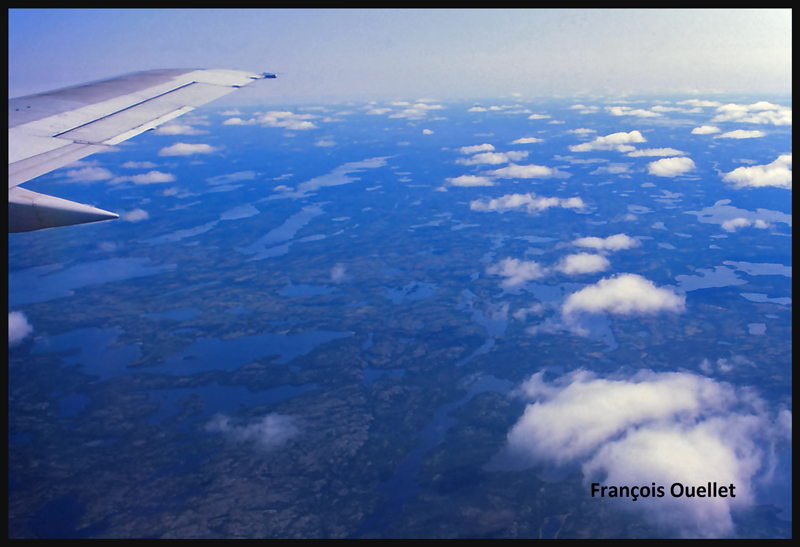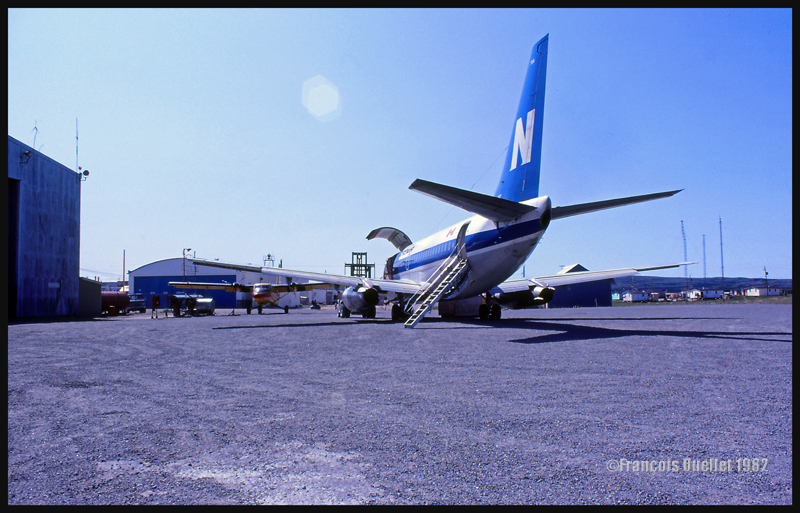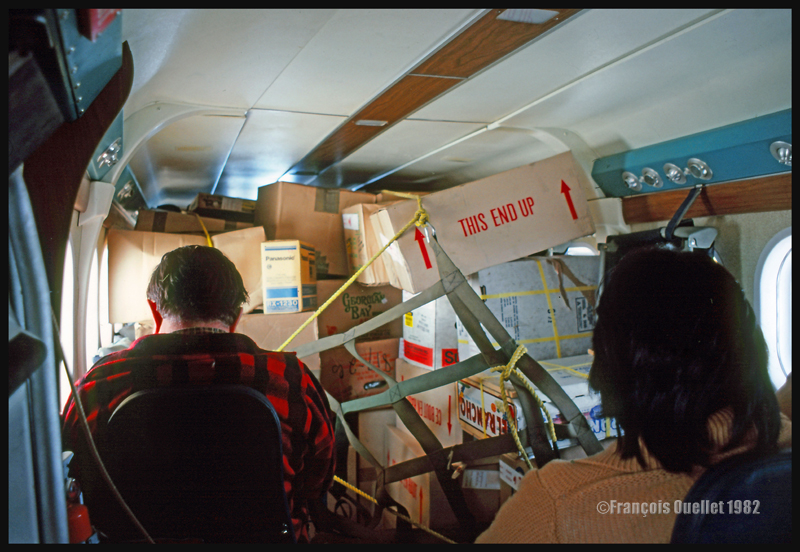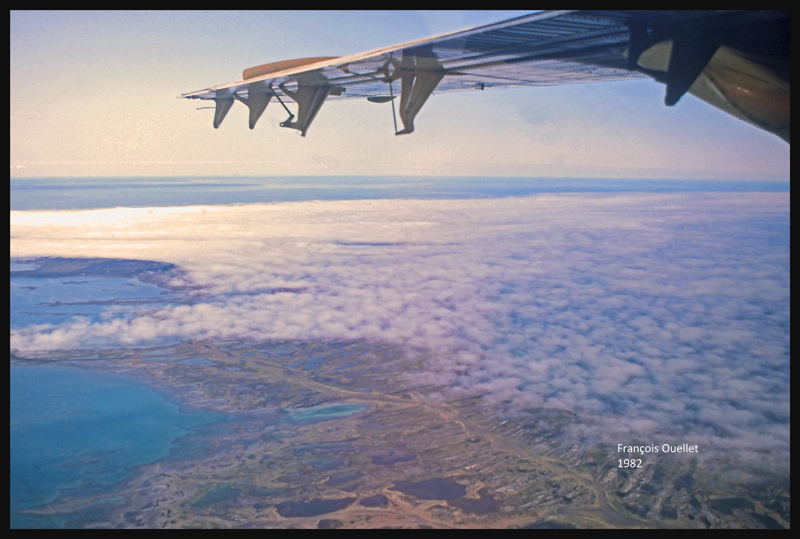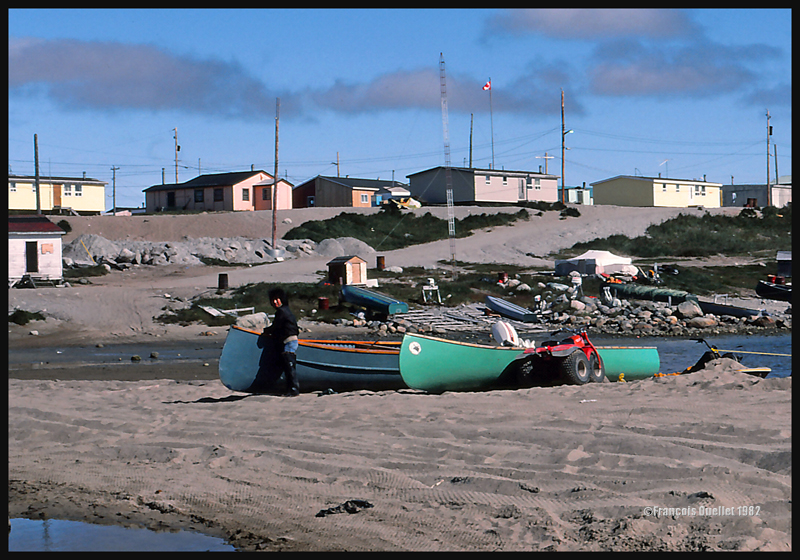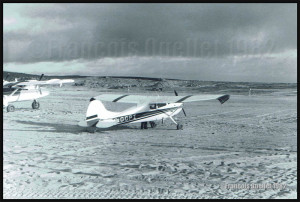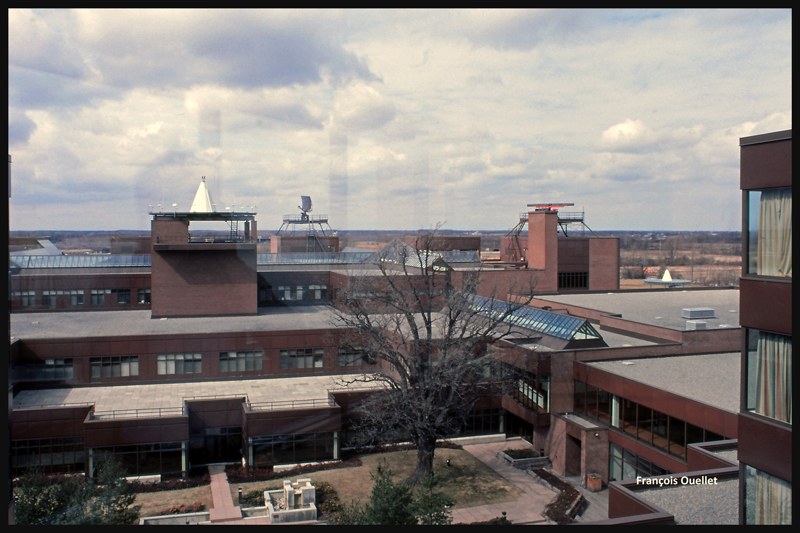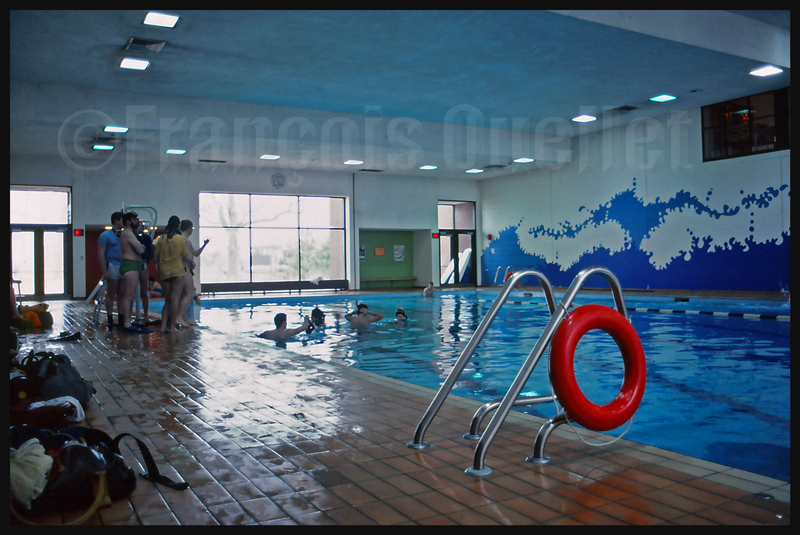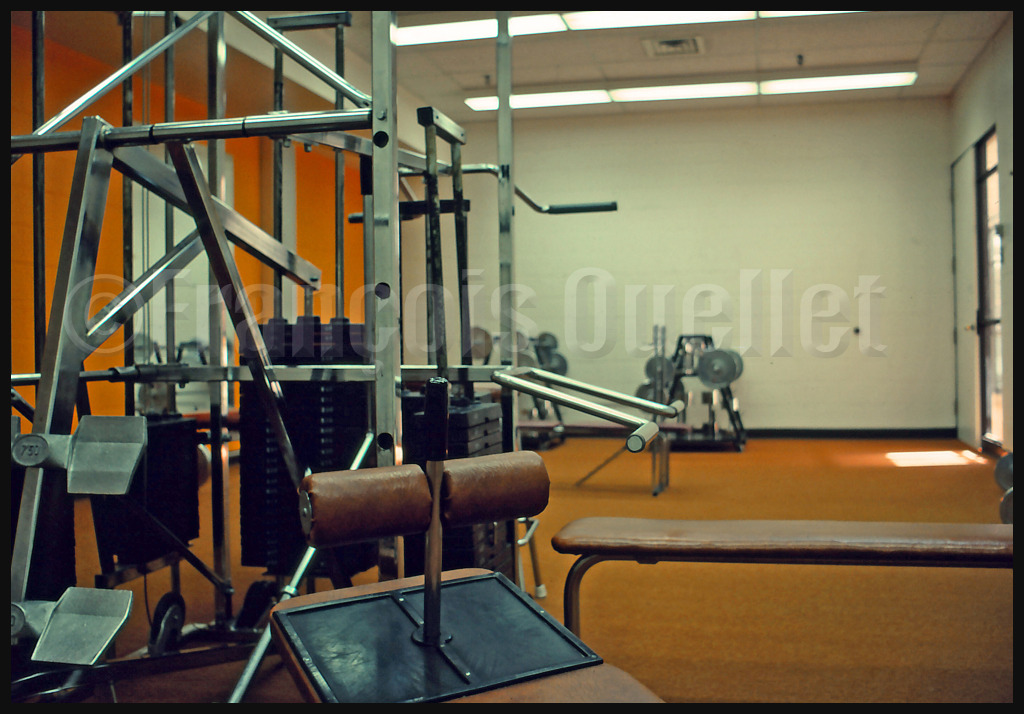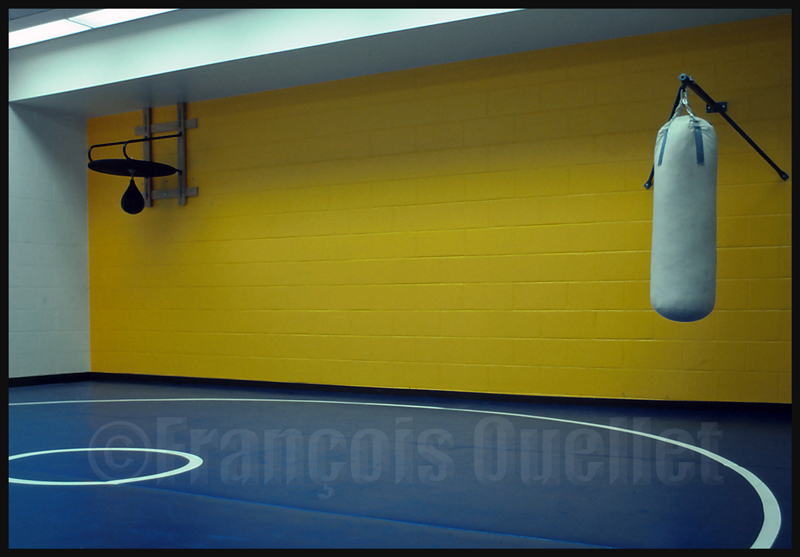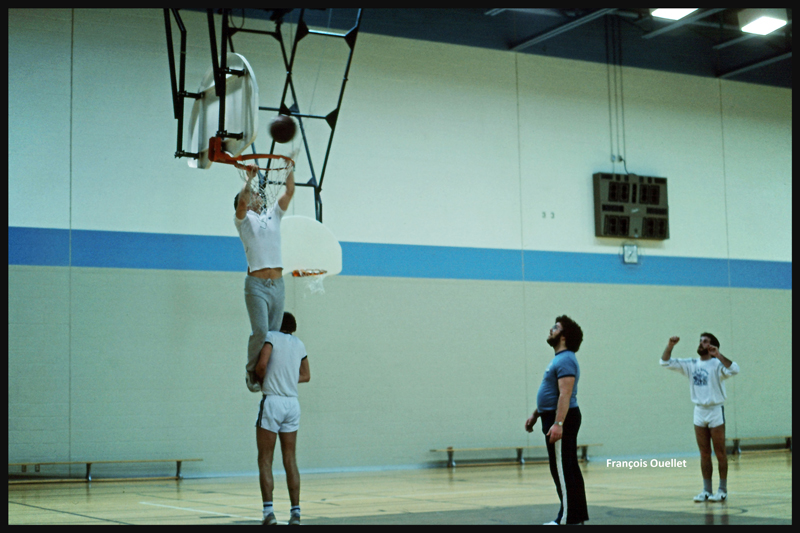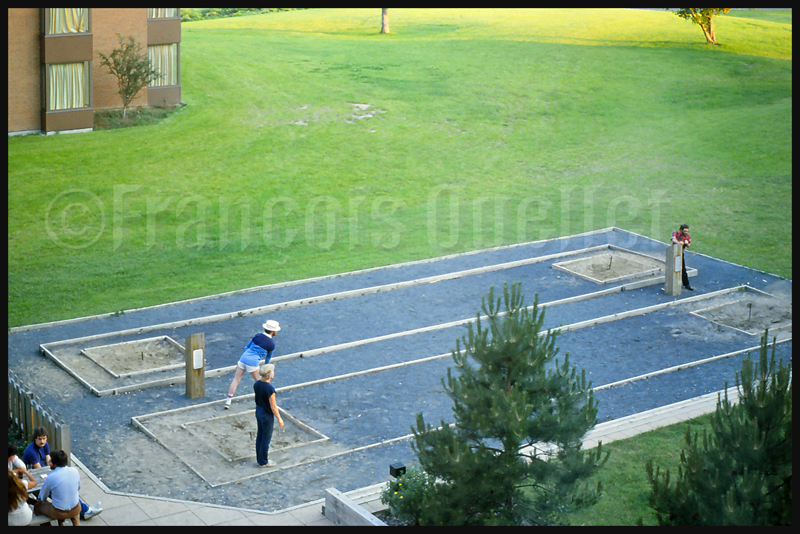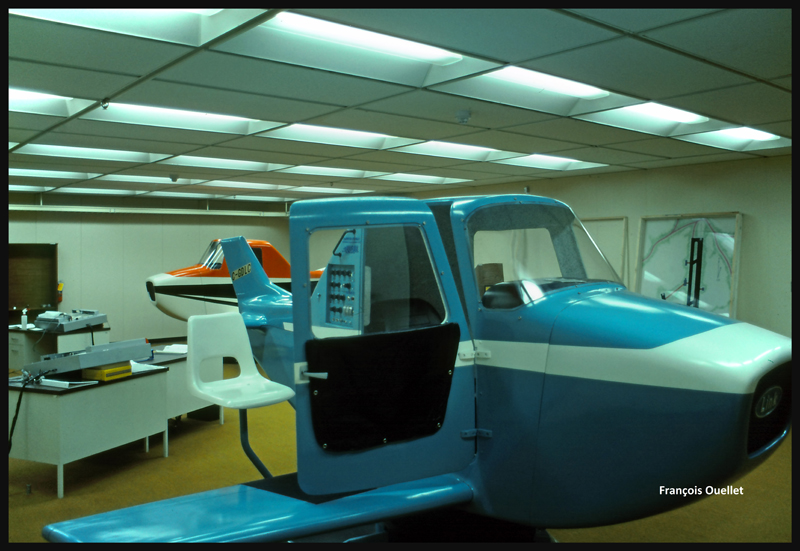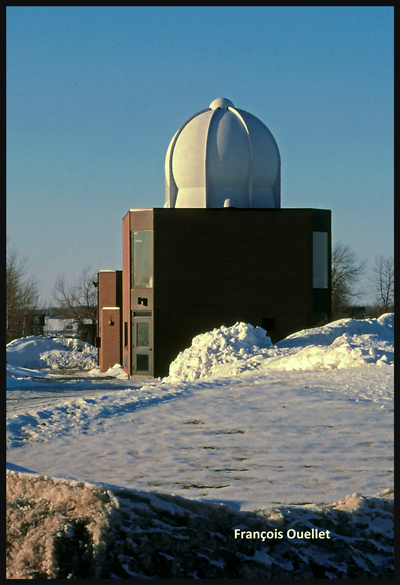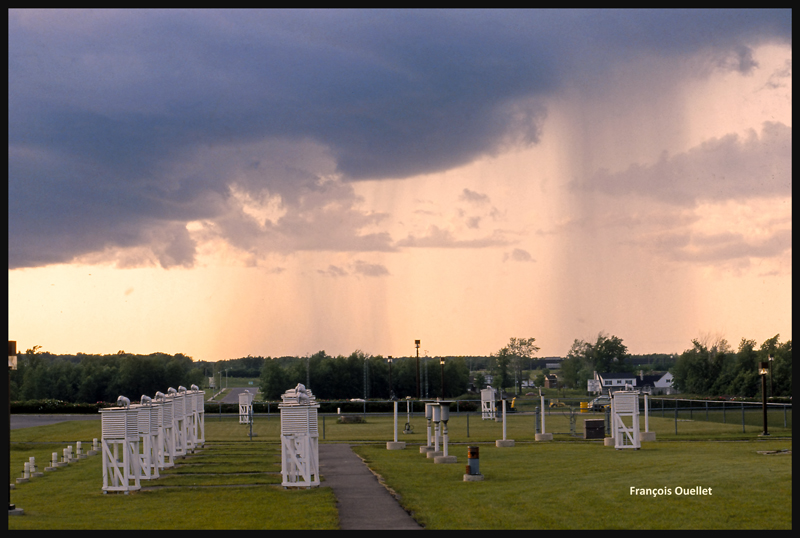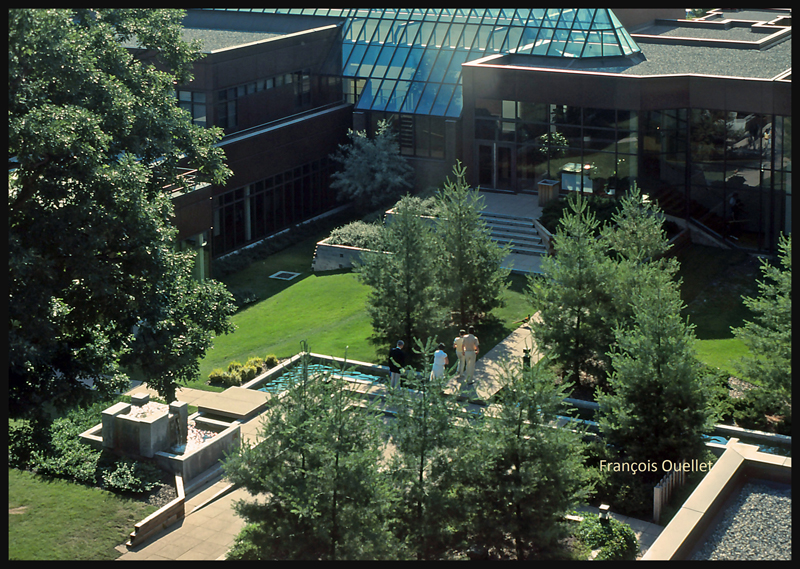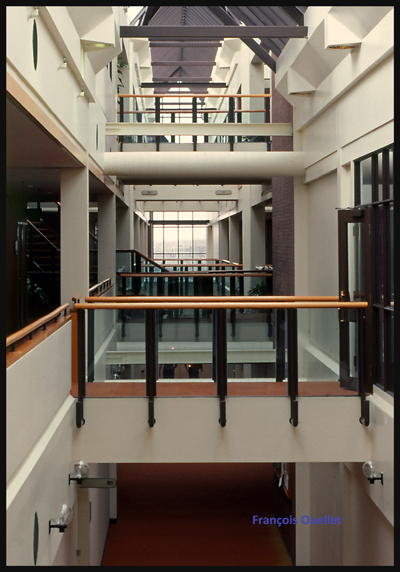(Precedent story: enroute toward the first posting: Inukjuak)
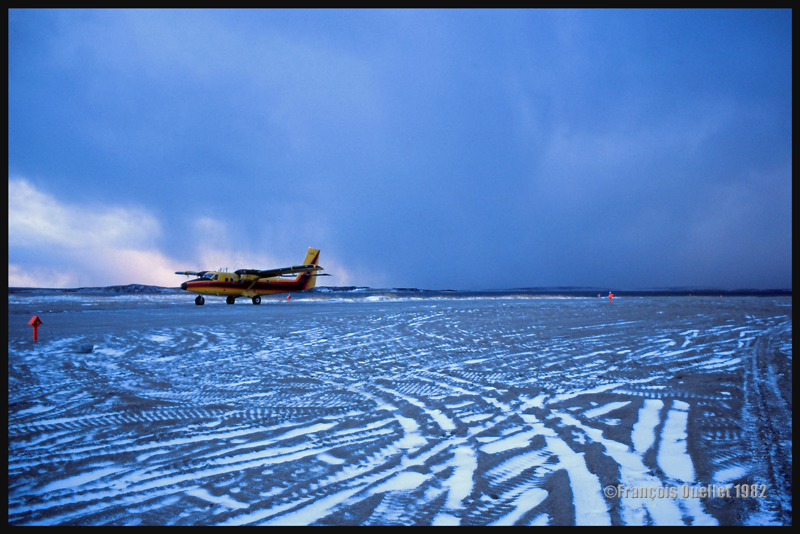
During my first working days as a flight service specialist (FSS) at the Transport Canada flight service station in Inukjuak (CYPH), in 1982, I received a radio call from a Twin Beech 200. The pilot of this aircraft registered in the United States indicated that he wished to land at Inukjuak for a short stopover. Several passengers were on board. I gave him the necessary air traffic services and followed its progress towards the airport, through subsequent radio communications.
It is assumed that a pilot wanting to land at an airport has prepared himself and knows the length and orientation of the runway, as well as its constitution (cement, asphalt, gravel, grass, sand). These are absolutely essential information, like ensuring that there is enough fuel on board the aircraft. This makes the difference between an accident and a successful landing. I doubted that Inukjuak, with its soft sand runway, was suited for an aircraft like the Beech 200.
Being a pilot myself, I was uncomfortable to ask him if he was aware of the characteristics of the Inukjuak runway, because this was such basic information. Moreover, having no experience as a flight service specialist yet, I considered unimaginable that in the early days of a new career, I had to deal with a pilot that was not adequately prepared, and would soon put his life and the lives of his passengers in danger.
I kept on thinking that if the pilot was responsible for this type of aircraft, he must have had hundreds, if not thousands of hours of flying experience. It would be like saying: “Don’t you think that the plane is too big for your abilities?“
The aircraft was now on final for the runway, a few miles away. I decided to ask the fateful question: “Are you aware that you are about to land on a 2000 feet soft sand runway?” The pilot softly said: “OK, we’ll do a missed approach and will head somewhere else. Is Kuujjuarapik acceptable for us? “I answered positively and in the following seconds, the airplane overshot the runway and headed southward for the next airport.
From that day and the following decades, I vowed to never take anything for granted. When in doubt, action is worth more than inaction…
(Next story: A visit at the Inukjuak flight service station (1982))
For more real life stories of a FSS in Inukjuak, click on the following link: Flight service specialist (FSS) in Inukjuak
